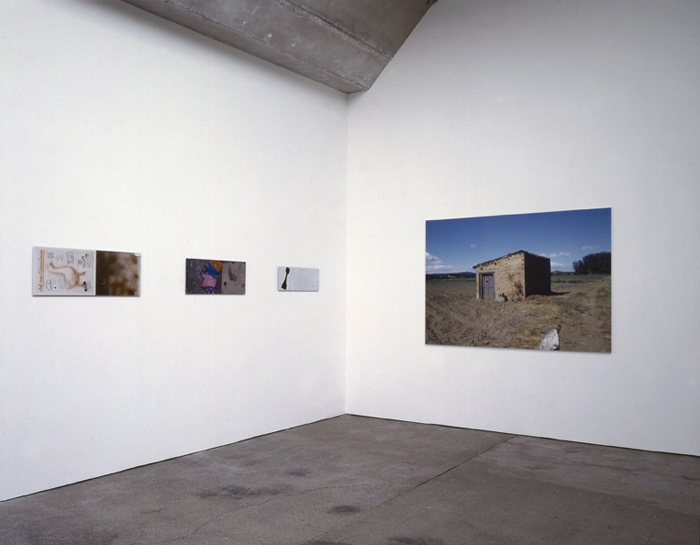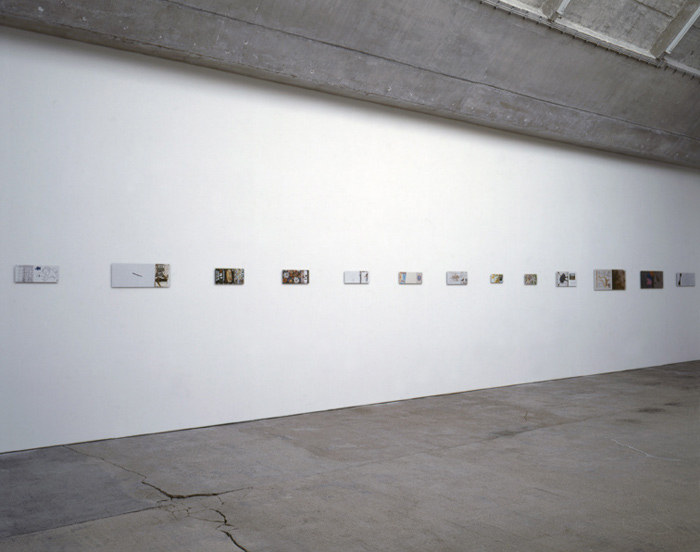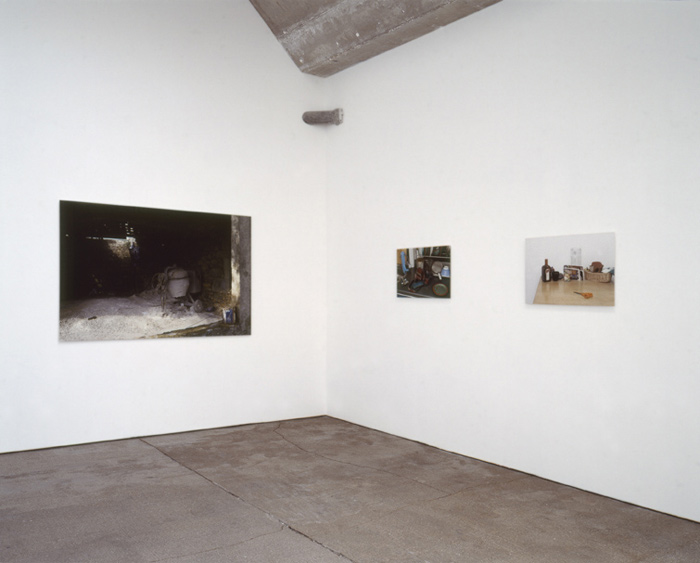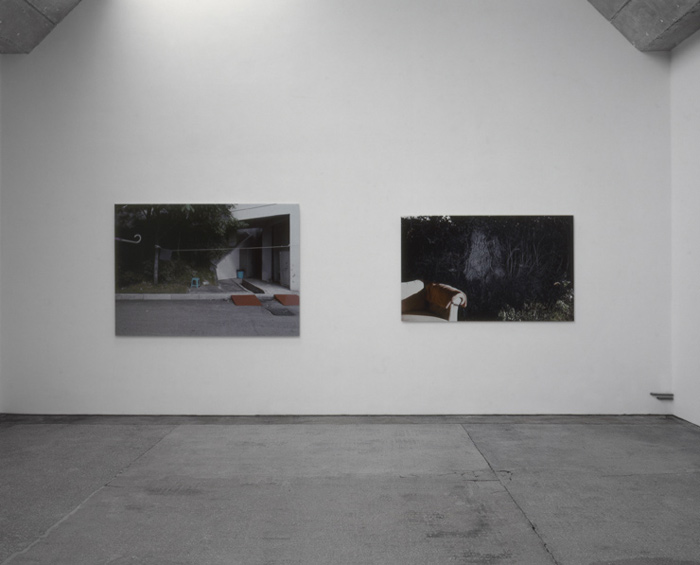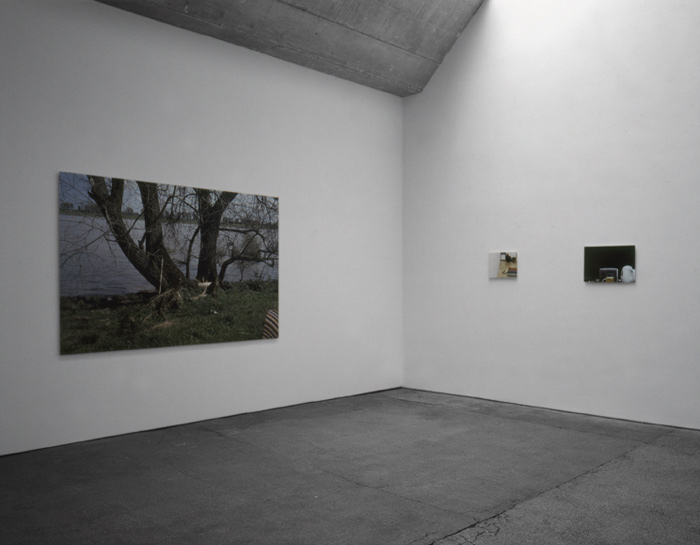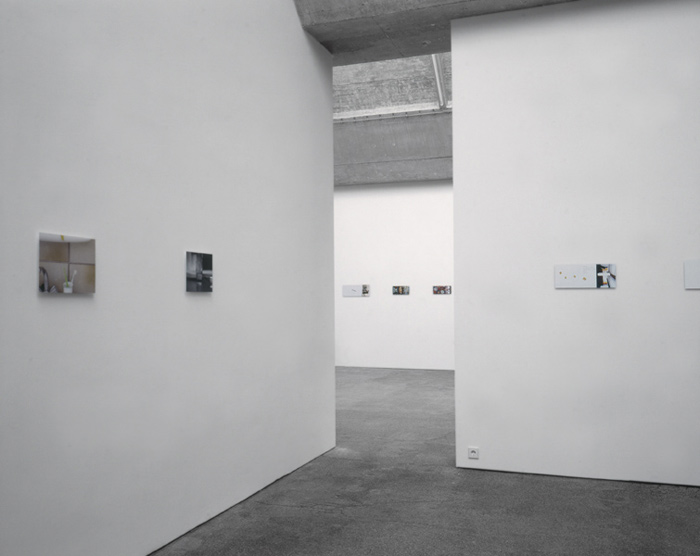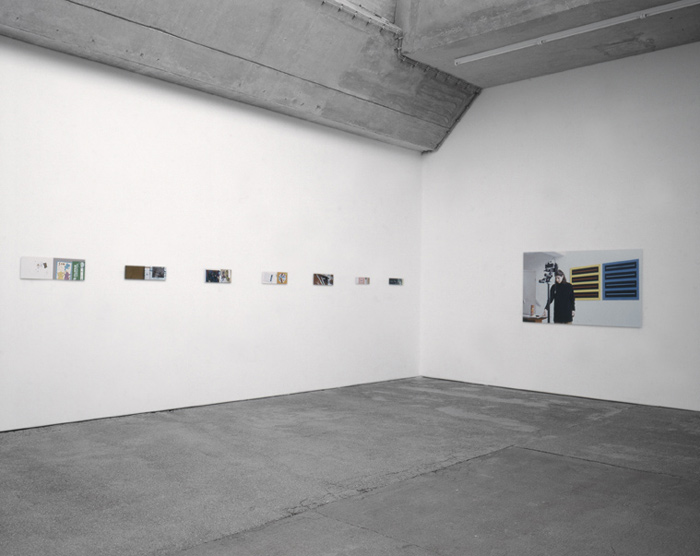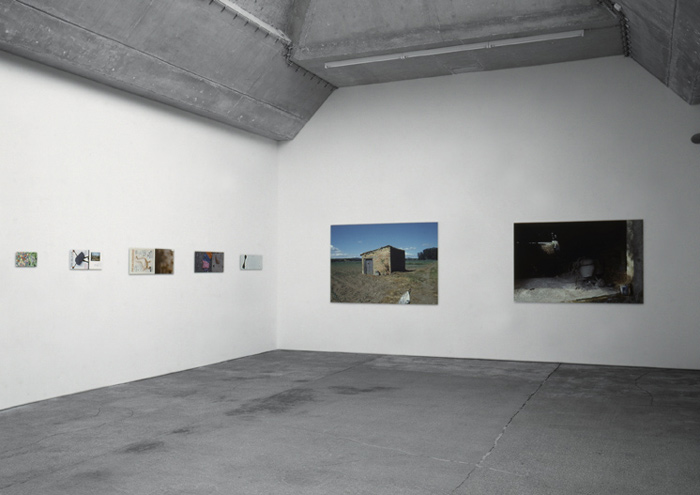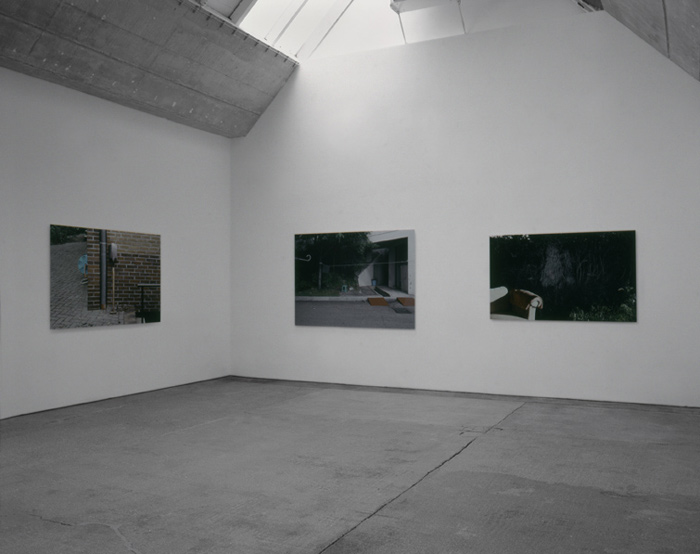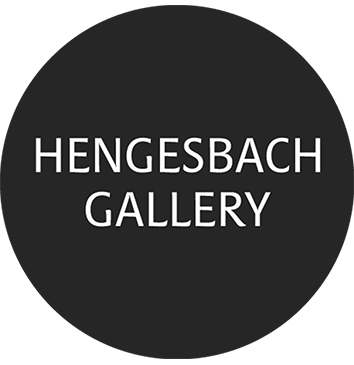Christopher Muller
February 25 – April 22, 2011
The aspects of things that are most important for us are hidden because of their simplicity and familiarity. One does not notice them because they are always before one’s eyes. The real foundations of human inquiry do not strike people at all.
—Ludwig Wittgenstein
Muller’s body of work emerged from the convergence of two opposing impulses: an interest in painterly image-making as a reflection of our human condition, and a focus on our interaction with objects as lifelong companions. (Our hands might touch a coffee cup more often or longer than a life partner.) His work has significantly contributed to the revival of the classical still life genre. However, it does not aim to produce and arrange a beautiful illusion of everyday objects in fictional images. Instead, it begins with a paradox inherent in the way we engage with images: images are bounded surfaces. The objects or people depicted in them are not real. Images are at an unbridgeable distance from us, and yet we use them precisely to get closer to what is not present and to interpret it.
In Muller’s picture works, the objects are depicted at life size and evenly lit, allowing their three-dimensional volume to unfold. They create the suggestion that we could interact with them, that we might actively engage in the material happenings within the image. But we cannot cross the image boundary or reach into the pictorial space like with a miniature stage set, because the images do not present a central perspective space. The front edge of the image is often cut at an angle, the pictorial elements are frequently placed on a surface whose dimensions are indecipherable to the viewer. Many objects are cropped by the side or top edges of the image; some are so densely packed that “access” seems impossible, others are so isolated in an emptied environment that the viewer feels “unauthorized” to access them.
There are also breaks within the image through angled tabletops or grid-like backgrounds, so the depicted space does not appear as a homogeneous unit. These specific constructions of pictorial space suggest that these are not documentary snapshots of everyday scenes, nor are they small stories from daily life into which the viewer can simply step. Instead, they challenge us to awaken the range of ways we engage with objects—how we are familiar with them, how we handle their different attributes and contexts.
One can consider an object in terms of its function, its outward appearance, its form, volume, color, age, materiality, tactility, smell, manageability, its connection to us or its environment, its importance and frequency in our usage, its indispensability or dispensability, and so on. All of these are different ways of viewing objects. The unique quality of Muller’s still lifes lies in how they are constructed to activate our full spectrum of interpretive approaches to the familiar, enabling us to participate in the image on multiple levels.
We can only truly “enter” the image once we have managed to decode and condense these various viewing modes into a dialogue specific to the image. Our everyday objects are never just isolated things. They are organized into structured processes with other objects, which we can broadly refer to as “orders.” In our everyday lives, a complex layering of different activities and routines takes place. The site of the greatest density of such processes is our homes. They are fundamentally “disorderly” because multiple orders overlap within them. Muller’s works depict our handling of orders (or rather, disorders) in our daily lives.
Subtly, these works compare different systems of order, showing the interactions between objects: how they coexist, run parallel, bypass one another, or even come into conflict. By offering the viewer a chance to participate, we become part of this comparative process. Our own capacities for action, decision-making, and sensitivity are addressed. The images articulate our implicit ways of shaping and relating to objects, our attitudes toward them, and reflect our unconscious perspectives on what is familiar and close to us.
They create spaces of lived intimacy, where we engage in a form of self-exploration through dialogic immersion. Muller’s works are grounded in the understanding that our human freedom and our humanity are most tangibly revealed in the organization of our immediate surroundings. Not in life’s major decisions, but in the small, contradictory everyday choices and arrangements do we find clues to who we are, who we could be, and who we want to be.
Muller reflects the traces and outcomes of these decisions in his pictorial compositions in a light, humorous manner.
Installation Views
